Long Leg Splint
₹1,280.00 Original price was: ₹1,280.00.₹1,195.00Current price is: ₹1,195.00.
A long leg splint is a medical device designed to immobilize and support the leg following an injury, fracture, or surgical procedure. Typically extending from the thigh to the ankle, it provides stabilization to the entire leg, helping to prevent movement that could exacerbate the injury. Long leg splints are often made of sturdy materials such as fiberglass or thermoplastic and can feature adjustable straps for secure fastening. Used in both emergency settings and rehabilitation, they play a crucial role in promoting healing and ensuring patient comfort.
A long leg splint is a medical device used to immobilize and support the leg following an injury such as a fracture dislocation or severe sprain it provides stability to the injured area allowing for proper healing and reducing the risk of further injury a long leg splint extends from the thigh down to the ankle and is designed to prevent movement of the knee and lower leg while still allowing some level of circulation and comfort here are 15 key points about long leg splints
1 Long leg splints are typically made from lightweight materials such as plastic aluminum or fiberglass which makes them easy to manage and carry
2 They are commonly used in emergency situations by first responders to stabilize fractures before the patient reaches a hospital
3 Long leg splints can also be used in a clinical setting after a diagnosis has been made by an orthopedic specialist
4 These splints are available in various sizes to accommodate individuals of different ages and body types ensuring a proper fit for optimal support
5 The splint is often applied with the assistance of padding and wraps to prevent skin abrasions and enhance comfort during use
6 Doctors often recommend elevating the injured leg slightly which can help reduce swelling and promote better blood circulation
7 Long leg splints are typically applied in combination with ice packs during the initial treatment phase to alleviate pain and reduce inflammation
8 In addition to fractures sprains and dislocations long leg splints can also be used for certain post-operative procedures allowing for effective recovery
9 Proper application of a long leg splint is crucial to ensure it provides adequate support without cutting off circulation or causing additional discomfort
10 Patients may need to use crutches or a wheelchair while wearing a long leg splint to avoid putting weight on the injured leg
11 Regular monitoring of the splint application is important to ensure there are no signs of complications such as increased swelling or changes in skin color
12 The splint should be kept clean and dry to prevent skin irritation and to maintain hygiene during the healing process
13 Follow-up appointments with healthcare professionals are essential to monitor healing progress and make adjustments to the splint if necessary
14 Education on proper care and management of long leg splints can empower patients and their families to ensure a smoother recovery process
15 Once healing has progressed physical therapy may be recommended to restore mobility strength and function of the affected leg after splint removal
long leg splints are a vital component in treating lower limb injuries and play an important role in ensuring that individuals recover properly from their medical conditions
Related products
-
Wrist & Thumb Support
Wrist & Forearm Splint
Rated 0 out of 5₹620.00Original price was: ₹620.00.₹575.00Current price is: ₹575.00. Add to cart Buy Now -
Ankle support
Foot Drop Splint
Rated 0 out of 5₹1,250.00Original price was: ₹1,250.00.₹1,195.00Current price is: ₹1,195.00. Add to cart Buy Now -
Wrist / Thombo
Cot Finger Splint | Finger Immobilizer With Adjustable Strap For Firm And Better Support (Orange)
Rated 0 out of 5₹190.00Original price was: ₹190.00.₹180.00Current price is: ₹180.00. Add to cart Buy Now -
Ankel And Foot
Foot Drop Splint
Rated 0 out of 5₹1,065.00Original price was: ₹1,065.00.₹852.00Current price is: ₹852.00. Add to cart Buy Now
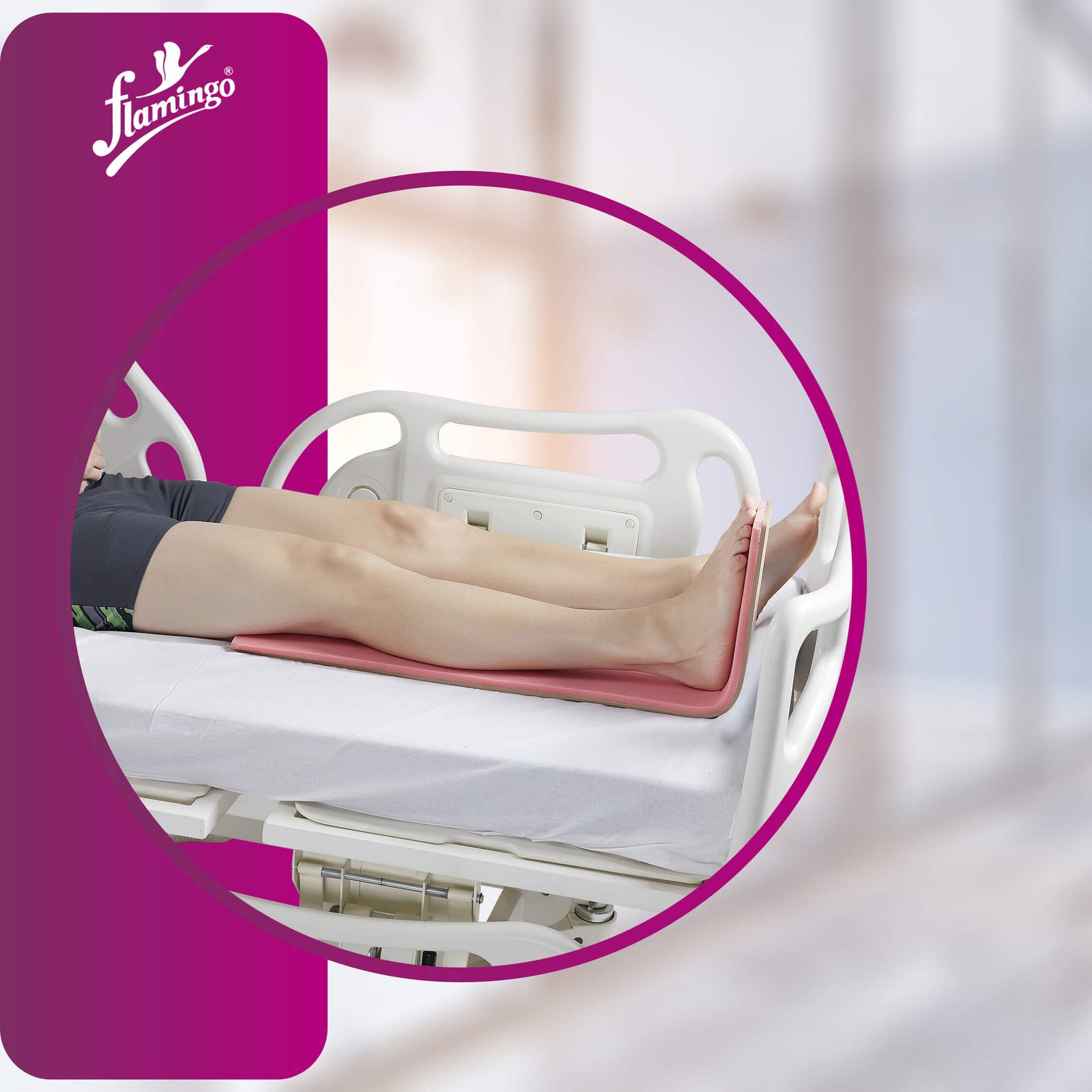

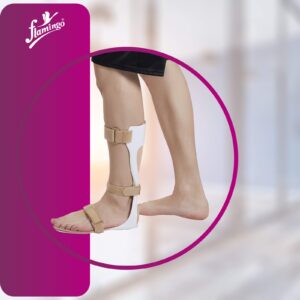
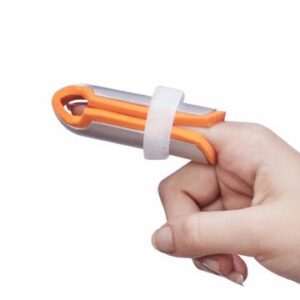
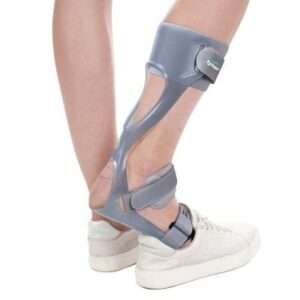
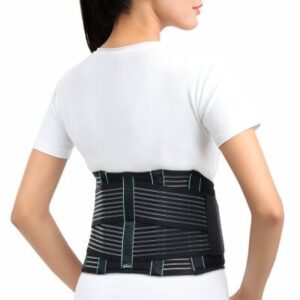
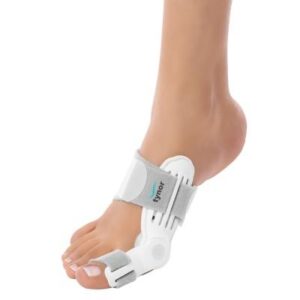
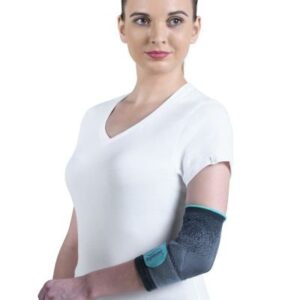
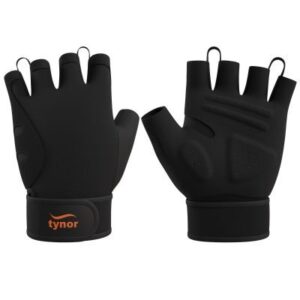
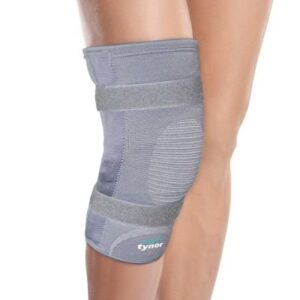

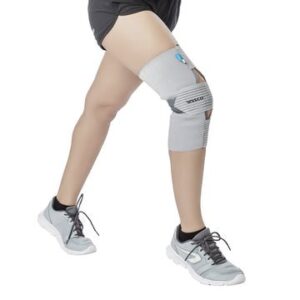
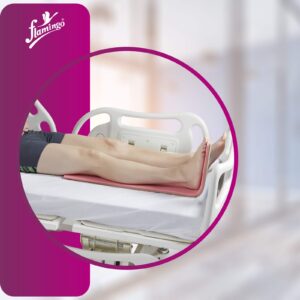
Reviews
There are no reviews yet.